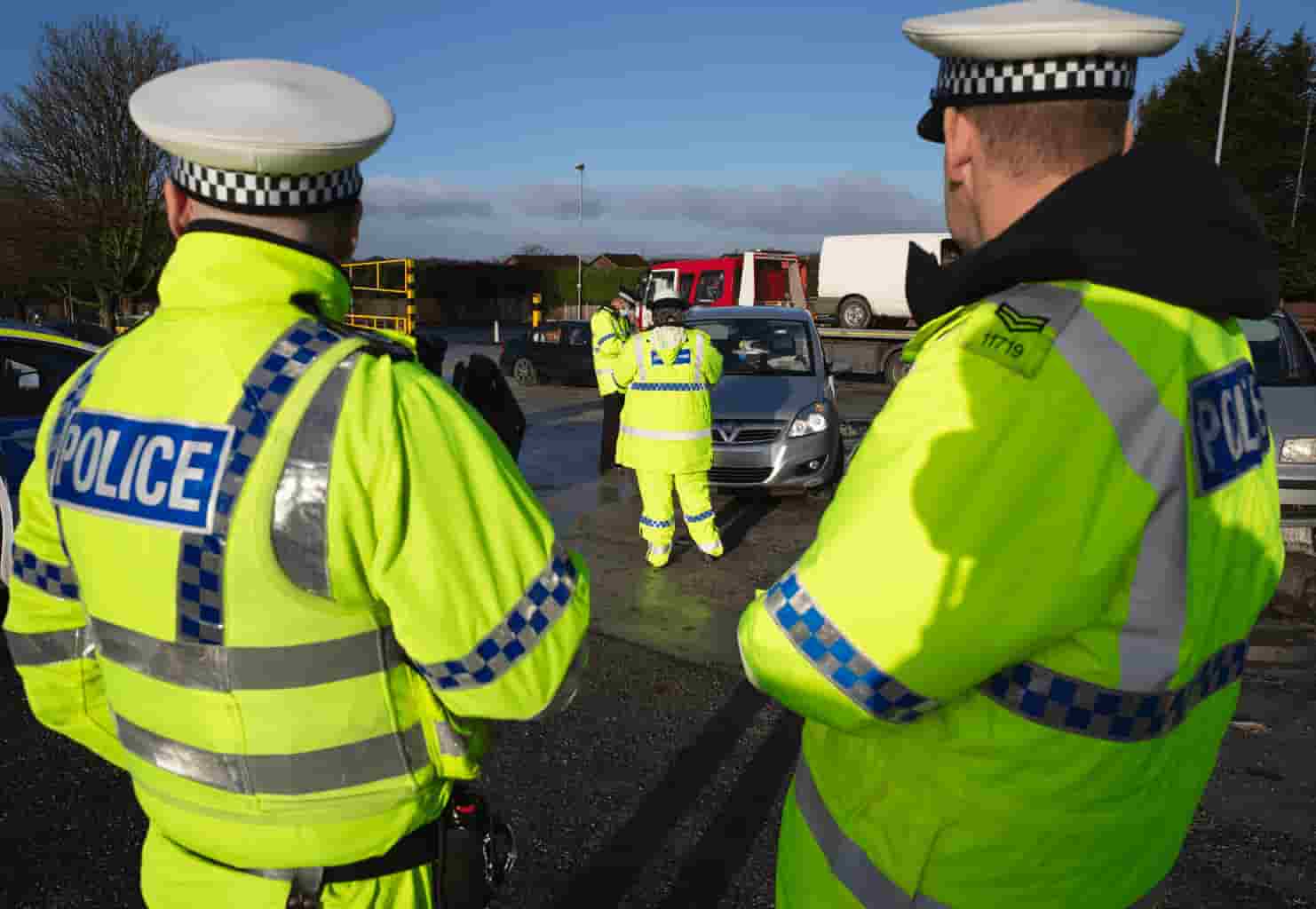Road safety is a serious matter, and one taken as such by road users and government departments alike. Recent government statistics have highlighted the sheer danger faced by vulnerable road users, as recent data on cyclist injuries and deaths shows that interaction with a car is the single biggest cause of cyclist fatality. In response to increased calls for road safety measures, the Highway Code has been amended – but is it enough?
The Hierarchy of Road Users
One of the more impactful changes brought to the Highway Code comes in the form of the “Hierarchy of Road Users”. This is an attempt by the government to formalise an order of priority on UK roads, in order that more vulnerable road users are given precedence over the less vulnerable. This hierarchy is designed to give road users pause before making risky or un-telegraphed manoeuvres, and to raise awareness of vulnerable road users in general.
The hierarchy ranks, in descending order of vulnerability, the various road users one might encounter. At the top of the hierarchy stand pedestrians, as they have the least protection when travelling. The next-most vulnerable are cyclists, who are considered less vulnerable on account of their visibility and relative protection – including helmets. Horse riders then motorcyclists follow, before car, van and lorry drivers join the list respectively.
Additional Changes to the Highway Code
As well as the hierarchy of road users, additional amendments have been made to the code in attempts to enshrine the safety of pedestrians and cyclists in particular. One major amendment relates to right of way at junctions where a side road adjoins a main road. The new rule states that pedestrians, whether beginning to cross or waiting to cross a side road, should be given priority over cars turning into or out from said road.
Another key shift in advice concerns the road placement of cyclists. Previously, the advice was that cyclists should remain as far to the left as possible; new amendments give cyclists the freedom to cycle in the centre of the lane, whether to raise visibility or avoid hazards on quieter roads. Cyclist right of way when passing junctions and roads is also reinforced with the addition of specific clauses to that effect.
Is it Enough to Protect Pedestrians and Cyclists?
It is self-evident that the changes introduced will have some impact on the safety of vulnerable road users, as more drivers interpolate the new amendments into their own practices on the road. But are these changes enough?
Principal Associate Paul Smith and Case Handler Kerry White, from UK brain injury solicitors Shoosmiths, posit that changes to the Highway Code were fundamentally limited in their capacity to improve road safety overall. In their examination of the new changes, they highlight the results of a recent AA survey indicating that 61% of drivers had not read the new updates – and that nearly one in twelve were not aware of any updates at all.
One potential solution they arrive at is to take cues from French law and ensure direct liability for injury to pedestrians and other vulnerable road users. This could incentivise better road safety, but it could also be disenfranchising; punitive costs passed on to vulnerable users would be a small comfort, but fines are disproportionately punitive depending on the driver’s personal situation. More is certainly needed, but the answers remain to be seen.

